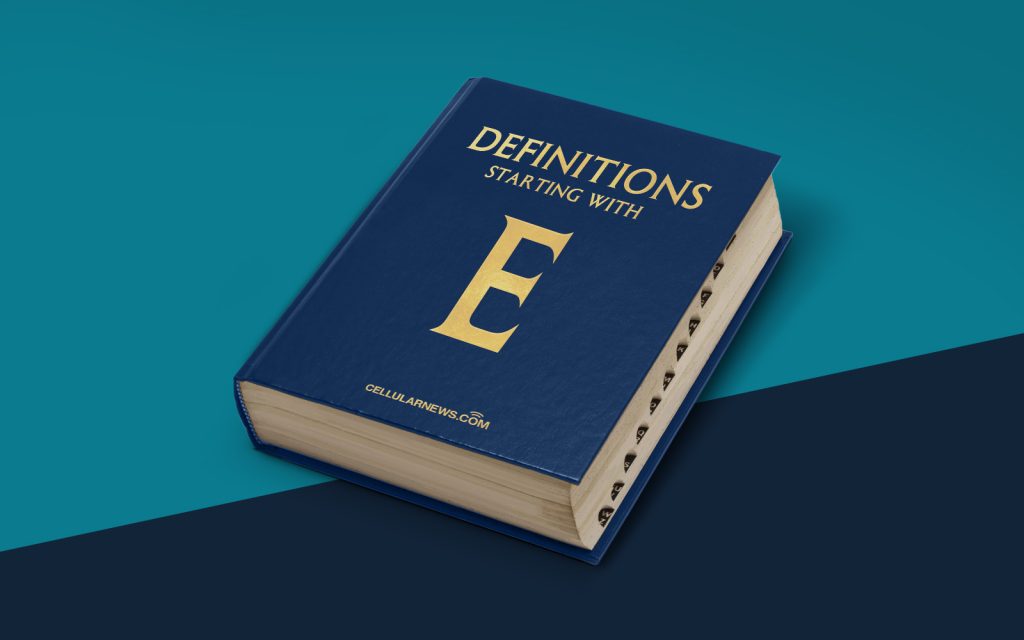
Understanding E-Procurement: Unlocking the Power of Digital Procurement
Welcome to the Definitions category of our blog! In this post, we will dive into the world of e-procurement and unravel its true potential. Whether you’re a business owner, a supply chain manager, or simply curious about the latest trends in the procurement industry, this article will provide you with valuable insights and a comprehensive understanding of what e-procurement is all about.
Key Takeaways:
- E-Procurement is the process of conducting procurement activities digitally via an electronic platform.
- E-Procurement streamlines purchasing processes, enhances efficiency, improves transparency, and lowers costs.
What is E-Procurement?
E-Procurement, short for electronic procurement, refers to the digitization and automation of procurement processes. It involves the use of various software applications, online platforms, and electronic communication to manage the entire procurement lifecycle, from sourcing and supplier selection to order placement, invoice management, and payment processing.
In simple terms, e-procurement allows organizations to carry out their procurement activities online, eliminating the need for traditional paper-based methods. Electronic platforms enable seamless collaboration between buyers and suppliers, reducing manual efforts and optimizing efficiency in the procurement function.
Here are a few commonly used e-procurement practices:
- E-Sourcing: E-sourcing involves the use of online tools and platforms to identify potential suppliers, conduct requests for proposals (RFPs), negotiate terms and conditions, and finally choose the most suitable supplier.
- E-Catalogs: E-catalogs are digital catalogs that contain detailed product information, including prices, specifications, and availability. They enable buyers to browse through available products and make informed purchasing decisions.
- E-Ordering: E-ordering eliminates the need for paper purchase orders. Buyers can place orders electronically, which are automatically sent to the chosen supplier. This process ensures accuracy and speeds up order processing.
- E-Invoicing: E-invoicing revolutionizes the invoicing process by replacing traditional paper invoices with electronic ones. This eliminates manual data entry, reduces errors, and facilitates faster invoice processing and payment.
- E-Payment: E-payment systems enable secure and efficient transfer of funds between buyers and suppliers. Electronic payment methods, such as online transfers or credit card payments, offer convenience, speed, and enhanced financial control.
The Benefits of E-Procurement:
Implementing e-procurement practices within an organization brings forth numerous advantages. Here are some of the key benefits:
- Cost Savings: E-procurement helps in reducing costs associated with manual processes, such as printing, storage, and postage. It also enables better negotiation with suppliers, leading to competitive pricing and discounts.
- Efficiency and Productivity: By eliminating manual intervention and streamlining operations, e-procurement enhances efficiency, speeds up procurement cycles, and allows procurement teams to focus on strategic activities.
- Transparency and Compliance: Digital procurement platforms provide visibility into the entire procurement process. This transparency ensures compliance with regulations, reduces the risk of fraud, and enhances supplier accountability.
- Supplier Relationship Management: E-procurement promotes collaboration and fosters better relationships with suppliers. Faster communication, improved order accuracy, and timely payments contribute to stronger partnerships.
- Data Analytics and Reporting: Digital procurement systems generate data that can be analyzed to gain insights, identify trends, and make data-driven decisions. This helps in optimizing procurement strategies and improving overall business performance.
In conclusion, e-procurement is a game-changer in the procurement industry, enabling organizations to streamline their purchasing processes, enhance efficiency, improve transparency, and unlock significant cost savings. By embracing digital solutions, businesses can stay ahead of the curve and maintain a competitive edge in today’s rapidly evolving marketplace.
Stay tuned for more insightful articles in our Definitions category, where we aim to demystify complex concepts and provide you with comprehensive knowledge!
